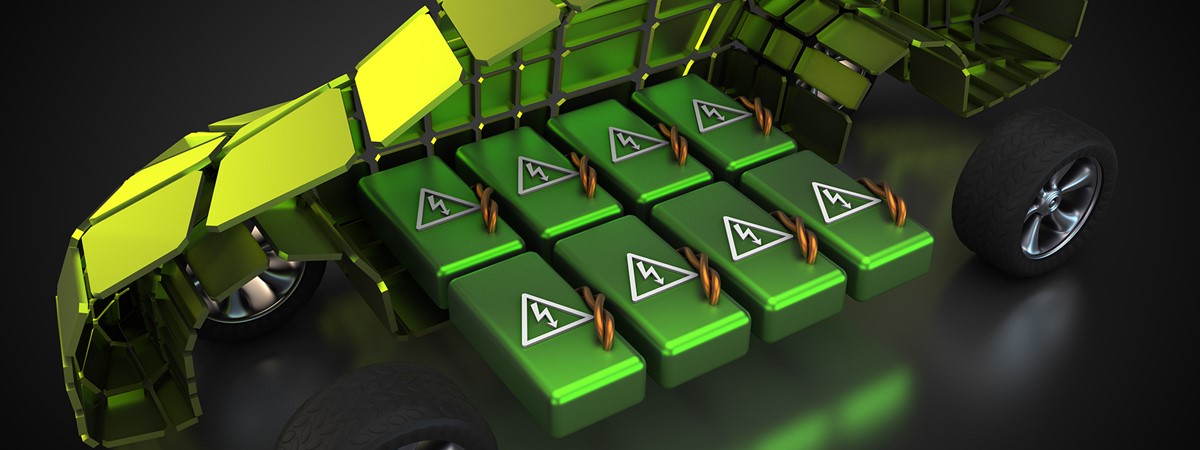[ad_1]
Recycling technologies to dispose of end-of-life batteries for electric cars are not keeping up with the increasing numbers of vehicles produced, a study has found.
Researchers at the universities of Newcastle and Leicester said that mounting numbers of old batteries could present a “huge waste management problem for the future”.
While electric vehicles (EVs) are seen as one solution to reducing carbon output and improving local air quality, without sufficient recycling infrastructure their disposal will create a new set of problems.
“The recycling challenge is not straightforward: there is enormous variety in the chemistries, shapes and designs of lithium-ion batteries used in EVs,” said Dr Gavin Harper, lead author on the research paper.
“Individual cells are formed into modules, which are then assembled into battery packs. To recycle these efficiently, they must be disassembled and the resulting waste streams separated.
“As well as lithium, these batteries contain a number of other valuable metals, such as cobalt, nickel and manganese, and there is the potential to improve the processes which are currently used to recover these for reuse.”
Based on the one million electric cars sold in 2017, researchers calculated that 250,000 tonnes – or half a million cubic metres – of unprocessed pack waste will result when these vehicles reach the end of their lives.
Professor Andrew Abbott, co-author on the paper, said: “Electrification of just two per cent of the current global car fleet would represent a line of cars that could stretch around the circumference of the Earth: some 140 million vehicles.
“Landfill is clearly not an option for this amount of waste. Finding ways to recycle EV batteries will not only avoid a huge burden on landfill, it will also help us secure the supply of critical materials, such as cobalt and lithium, that surely hold the key to a sustainable automotive industry.”
The study suggests that policymakers should develop rapid repair and recycling methods, while improving diagnostics so that the state of health of batteries can be accurately assessed prior to repurposing.
They also called on the automotive industry to optimise battery designs for recycling to enable automated battery disassembly, which is safer than the current manual handling techniques.
“These batteries contain huge amounts of power and at the moment we are still relatively unprepared about how we deal with them when they reach the end of their life,” explains co-author Professor Paul Christensen, of Newcastle University.
“One of the areas of research for this project is to look at automation and how we can safely and efficiently dismantle spent batteries and recover the valuable materials such as lithium and cobalt.
“There’s also a public safety issue that needs addressing, as second-life EV batteries become more widely available. What we need is an urgent look at the whole lifecycle of the battery: from digging the materials out of the ground to disposing of them again at the end.”
Last week, researchers unveiled an electric vehicle battery that can give drivers 200 to 300 miles of range from just a 10-minute charge.
Sign up to the E&T News e-mail to get great stories like this delivered to your inbox every day.
[ad_2]
Source link
2019-11-07 11:55:15
E&T editorial staff
[author_name]:author name
https://eandt.theiet.org/content/articles/2019/11/recycling-challenges-need-to-be-addressed-as-old-electric-vehicle-batteries-mount-up/
https://eandt.theiet.org/content/articles/2019/11/recycling-challenges-need-to-be-addressed-as-old-electric-vehicle-batteries-mount-up/
eandt.theiet.org





0 Comments